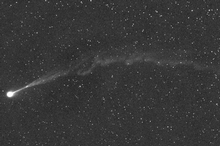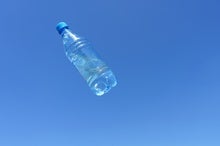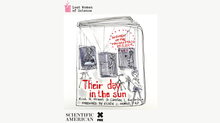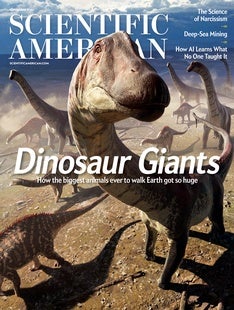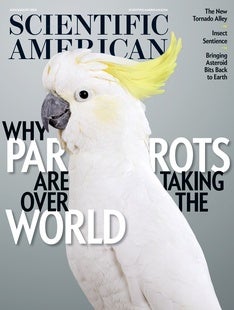 |
| September 07, 2023 |
This week, we're revisiting a classic—classical "Newtonian" physics, that is. Our lead story delves into the curious possibility that scientists and historians have for centuries subtly misinterpreted Isaac Newton's first law of motion, all due to a minor mistranslation of a single phrase in Newton's 17th-century magnum opus, Philosophiae Naturalis Principia Mathematica. Elsewhere, we have stories on a naked-eye comet losing its tail, the surprising physics behind winning the 'bottle flip' challenge, a breakthrough detection of superheavy oxygen, and more. Enjoy! |
| | Lee Billings, Senior Editor, Space & Physics
| |
 |
| |
| |
| |
| |
| |
| |
| |
| |
| |
FROM THE ARCHIVE
 | | The Three-Body Problem Although mathematicians know they can never fully "solve" this centuries-old quandary, tackling smaller pieces of it has yielded some intriguing discoveries By Richard Montgomery | August 2019 | | |
LATEST ISSUES
 |
| |
| Questions? Comments?  | |
| Download the Scientific American App |
| |
| |




